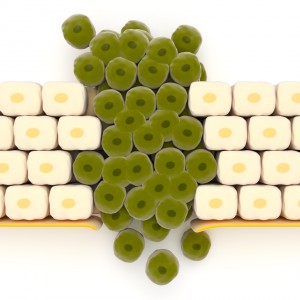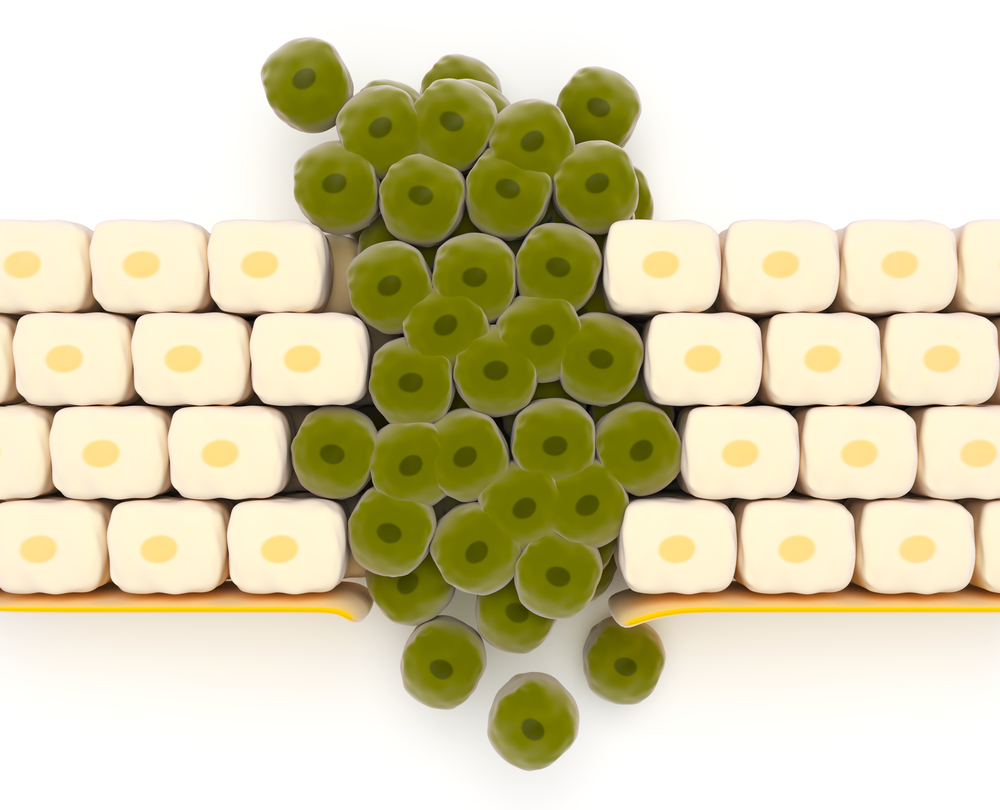 In a new study entitled “Decoding the regulatory landscape of melanoma reveals TEADS as regulators of the invasive cell state,” a research team at University of Leuven in Belgium reported two novel master regulators that render melanoma cells capable of invading and metastasizing to different body parts, while promoting their resistance to current clinical therapeutics. The study was published in the journal Nature Communications.
In a new study entitled “Decoding the regulatory landscape of melanoma reveals TEADS as regulators of the invasive cell state,” a research team at University of Leuven in Belgium reported two novel master regulators that render melanoma cells capable of invading and metastasizing to different body parts, while promoting their resistance to current clinical therapeutics. The study was published in the journal Nature Communications.
Melanoma, the most lethal form of skin cancer, comprises a set of highly heterogeneous subpopulations of cancer cells responsible for its aggressiveness and therapy resistance. Notably, it was previously shown in vitro that each of these subpopulation of cells exhibits different characteristics: while some cells exhibit a proliferative behavior, others already display invasive properties. However, the mechanisms that support melanoma cells’ heterogeneity and differences in phenotype remain largely uncharacterized.
A team of researchers at University of Leuven performed a comprehensive transcriptional and chromatin landscape study of melanoma cultures. The team integrated their results with data from tumor biopsies, namely transcriptome and DNA methylation profiles (DNA methylation is one of several epigenetic modifications used by cells to control gene expression). The authors discovered that the existence of a ‘proliferative’ and ‘invasive’ subpopulation of cells is not a consequence of mutations in the DNA. Rather, the transition from a proliferative to invasive state is determined by specific proteins that bind to specific locations within DNA sequences, with SOX10/MITF and AP-1/TEAD identified as the regulators of each state, respectively.
After knocking-down all TEADs in different melanoma cell cultures, researchers observed it resulted in a significant decrease of cells’ invasive capacity, strengthening TEADs as master regulators of a transcriptional cell state that promotes metastases. Furthermore, the team determined whether TEADs also influenced cells’ sensitivity to current clinical treatments, observing that knocking down TEADs re-sensitized invasive melanoma cells to MAPK-targeted therapy. Therefore, drug resistance is also promoted by TEAD-mediated transcription.
The team highlights these results suggest AP-1 and TEAD as strong regulators of melanoma-invasive gene networks while rendering invasive-melanoma cells an increased capacity to resist melanoma-targeted therapies.


